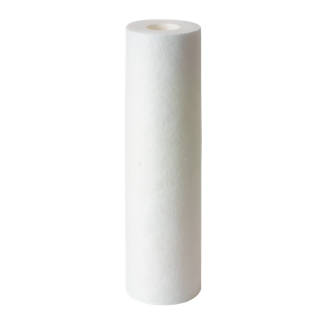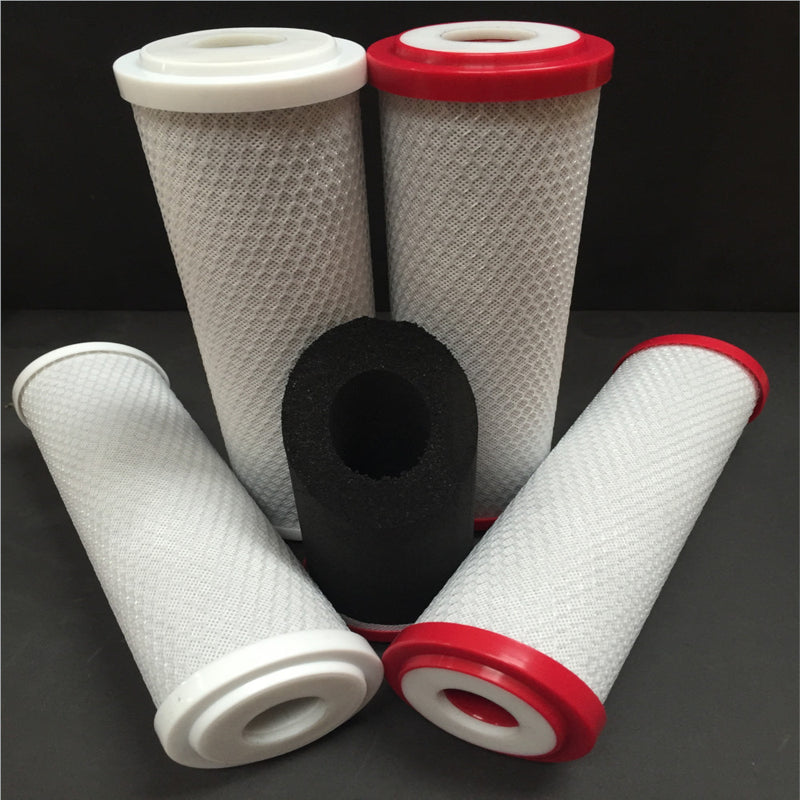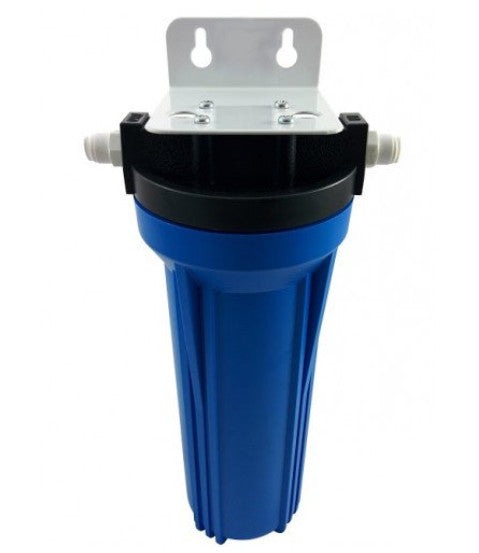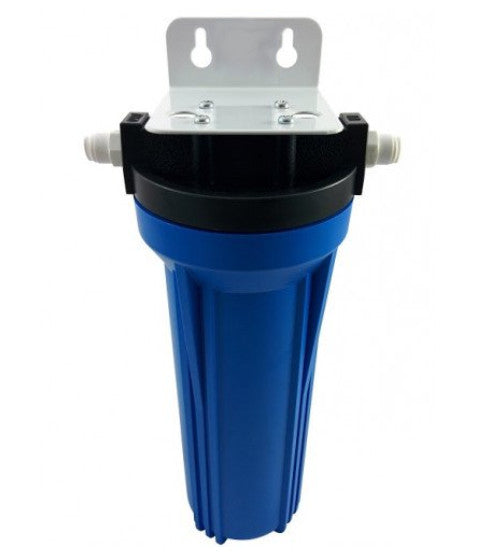What is UV disinfection?
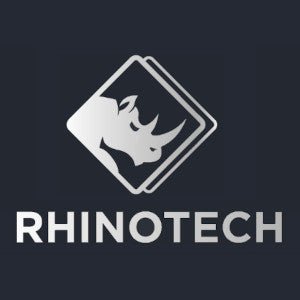
UV water treatment, UV air disinfection, UV sterilization. These are all common terms used when talking about what we do here. Essentially, we use UV to kill bugs and bacteria in various environments.
So how does it work? This is the follow on question after people ask me what I do, and as an enthusiastic practitioner I'm always mindful that I don't get in a position where I'm making eyes glaze over. However, I don't have that problem here so allow me to elaborate.
UV disinfection uses Mercury vapour lamps (sometimes with doped quartz, sometimes not depending on how long they're made to last for) to produce monochromatic (or very close to) 254 nm UV-C light. The amount of UV light needed to give a set dosage to kill a specific bacteria is worked out by us if needed, but as standard, a 30 mJ dose of UV-C light kills a large range of organisms and is used as the industry standard over here in the UK. For an example e. Coli, Guardia and Legionella all need less than a 10 mJ dose to inactivate them.
When we use the word inactivate it refers to the fact that we don't technically kill or sterilise anything with what we do. In very simple terms, UV destroys the DNA bond in the cells of live organisms so that it can't reproduce and duplicate itself. The problem with harmful bacteria is associated with it being able to reproduce in its host (which is more often than not, us humans). So without the ability to do that, it's referred to as being inactive and therefore harmless.
This is true if you're pulling water out of a ground sourced spring and passing it through a UV unit before drinking it, if air is being passed through a UV unit before sealing food and beverage products or if an operating theatre has UV lights turn on when the room is empty and bathes the (hopefully clean) surfaces in UV light. Everything revolves around letting UV light have time to kill anything on a microscopic level. The intensity of the UV lights used over the time frame that they have to work gives you the dosage.
Over the years we've seen UV systems used in air conditioning systems at airports and shopping centres, to treat the New York city mains water supply (well done Trojan UV for that one) and to keep down levels of various elements of nuclear reactor cooling water.
All in all it's a super interesting work environment (to me at least) and given the number and range of applications it can be used on, gives a varied and evolving scope of demand both now and in the future.


